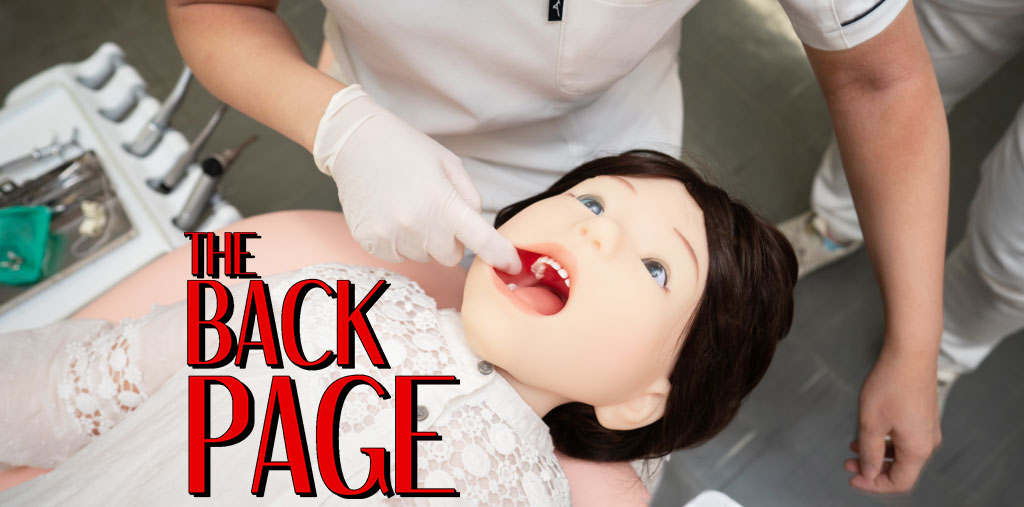Take me back to the 90s. Please.
In this third year of the pandemic, CES 2022, the 55th instalment of the world’s premier tech conference, was unsurprisingly health-tech-heavy.
But the one piece of tech grabbing all the headlines was nothing to do with covid – except to the extent that you can probably have a creepy time intubating her.
Straight out of Uncanny Valley comes emergency medicine training robot Pedia_Roid.
Not scary at all… Medical training robot at #ces pic.twitter.com/dBtyJ6bDnh
— Joshua Melvin (@melvinreport) January 5, 2022
Now, that name. The English language being a tricky thing, Japanese startup Tmsuk probably should have focus-grouped it a little more. Pedia is no doubt an abbreviated “p(a)ediatric” but sounds like it should be followed by “Pants”, 12thMan-style, while “Roid” on its own connotes not so much an android as a rage-inducing-fitness-supplement taker – with haemorrhoids.
“From seizure to bleeding, the programmable bot can simulate any emergency on cue,” Tmsuk boasts, and if the thought of a little-girl-shaped doll convulsing, gurning and gritting her pearly teeth isn’t disturbing, watch this:
“We pulled together our robotic expertise to create a humanoid that suddenly falls ill or presents drastic changes in symptoms, so medical trainees can experience tense moments and learn how to save lives under tremendous pressure,” Tmsuk CEO Yuji Kawakubo is quoted as saying.
“New doctors, nurses and EMTs often panic under pressure because they’ve only practiced on motionless dummies. Pedia_Roid not only develops symptoms but also throws a tantrum, forcing students to hold it down while trying to treat the child. It’s an ultimate emergency simulator.”
We don’t doubt that Pedia_Roid will make trainees “experience tense moments”.
Her features include, per the website, 24 programmable drive shafts enabling joint movements to simulate seizures; arms and legs that flap and kick; a speaker for speech and crying; a beating heart; replenishable “imitation” blood (glad you specified); a flexible mouth and tongue; and replaceable individual teeth that can be shaved and drilled (because she’s also a dentistry bot).
At least emergency medicine training is one of the more wholesome uses to which this impressive lifelike robotics technology can be put. You dodged a bullet, Pedia.
If you see something that makes your soul convulse, kick it over to felicity@medicalrepublic.com.au



